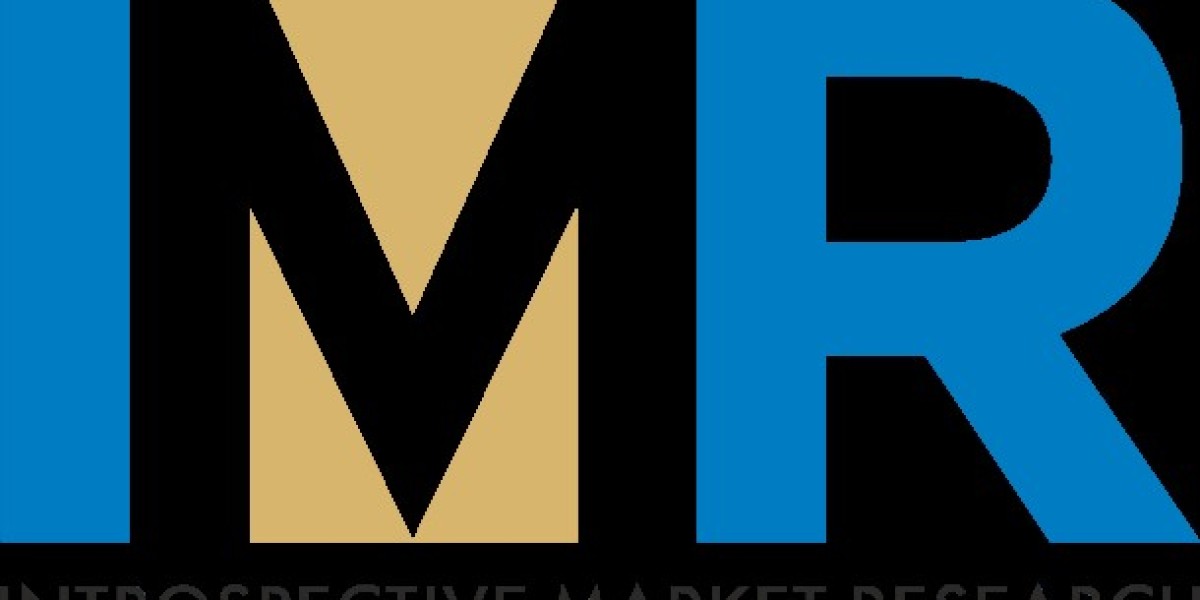Azodicarbonamide (ADCA, ADA, or azo(bis)carboxamide) is a chemical compound with the molecular formula C2H4O2N4. [1] It is a yellow to orange-red, odorless, crystalline powder. It is sometimes called a "yoga mat" chemical because of its widespread use in foam plastics. [2][3] It was first described by John Bryden in 1959
The main use of azodicarbonamide is as a blowing agent in the production of foamed plastics. The thermal decomposition of azodicarbonamide produces nitrogen, carbon monoxide, carbon dioxide, and ammonia, which are trapped in the polymer as gas bubbles to form a foam product. [5]
Azodicarbonamide is used in plastics, synthetic leather and other industries, and can be pure or modified. The modification affects the reaction temperature. Pure azodicarbonamide generally reacts at around 200 °C. In plastics, leather and other industries, modified azodicarbonamide (average decomposition temperature 170°C) contains additives that accelerate the reaction or react at lower temperatures.
An example of the use of azodicarbonamide as a blowing agent is in the manufacture of vinyl (PVC) and EVA-PE foams, where it forms bubbles when it decomposes into a gas at high temperatures. Vinyl foam is resilient and won't slide on slippery surfaces. It can be used in carpet underlays and floor mats. Commercial yoga mats made of vinyl foam have been on the market since the 1980s; the first mats were cut from carpet backing
food additives
As a food additive, azodicarbonamide is used as a flour bleaching agent and a dough improver. It reacts with moist flour as an oxidizing agent. The main reaction product is biurea, which is stable during baking. Minor reaction products include semicarbazides and urethanes. Its E number is E927. Many restaurants in the U.S. fast food industry have removed additives due to negative publicity







